Growing a vegetable garden is a highly rewarding activity and a delightful place to achieve a great mind/body workout. There is a great level of happiness and fulfillment that comes from watching a tiny seed grow into a juicy ripe tomato.
Whether you are new to gardening or simply want to sharpen your skills to assure you will be growing a productive crop, this Beginner’s Guide will help you sort through your questions and ease your fears.
In this post I will be covering the basics of starting your first garden. Although some of the items may seem obvious to you, I recommend that you stick to it because it’s better to enjoy modest success in your first gardening season, than to overcommit and end up overwhelmed.
Ready? Let’s plan your first garden!
- Start Small
A large garden can be a lot of work, so I encourage you to start small. A 4×8 size raised bed is a great size to start or a small area in your yard. If you do not have a backyard, consider growing in pots. Choose a few pots in different sizes, 6-8 maybe but no more then 10. However, if you do not have outdoor space at all, it is still possible to grow a few plants indoors near a large window, but not all plants will do well indoors. We will dive into this a bit deeper in future posts.
2. Choose a site
Most vegetables need a lot of sunlight to mature and bare fruit. Consider sunlight and choose a spot that offers lot of sun. Soil, space, access to water and convenience are also things to consider. For example, my raised beds are set way back in my yard, and although that’s a great location for most of my vegetables, I do not grow herbs there because it is much too inconvenient for me to walk such a distance.
3. Plant what you like
Now that you have the space and capacity in mind, it’s time to choose what to plant. It’s always smart to plant what you and your family eat mostly. This isn’t the time to attempt to grow something that you are ‘hoping’ your family will eat. Remember, we are planning for success, not disappointment!
4. Consider easier-to-grow crops
Some vegetables are easier to grow then others. In addition to this, try to stick to what thrives in your area. As much as I would love to grow an orange tree, realistically Massachusetts doesn’t have to proper weather to grow oranges. With a little bit of research, you can figure out what grows well in your area (I will be covering this in future posts). Some easy-to-grow varieties are; lettuce, radish, snap peas, green beans, cherry tomatoes, summer squashes and cucumber
5. Start from seeds or plants
Although I don’t recommend that you start your first garden from seeds, depending on your location you may want to consider it. Northern areas where the summers are very short, it’s smart to start your seeds indoors weeks before the hot weather arrives. Plants like tomatoes and peppers (which most people like to plant) are heat loving plants and need a longer season to produce fruits. Cucumber plants also need a long growing season and are very sensitive to cold. However, if you don’t have the space (indoors), time or interest to care for the seeds, your local nursery will probably carry most of these varieties so you can just buy the small plants when the weather becomes consistently warm. It’s worth mentioning that growing from seeds is inexpensive and not rocket science. However, since you are planning on a small garden, the cost will still be relatively low.
6. Caring for your plants
Check in with your plants everyday (early mornings or later in the day are best!). Does it need water? plants will need more or less water depending on the variety and stage. Usually when they are baring fruits, they need more water. In the beginning make sure the soil is moist. Not soaked or desert dry! As your plants grow, some may need an extra support. Tomatoes love the support of cages, while cucumbers like to climb on a trellis. Keep your plants safe from the weather (frost, wind, heavy rain) by using plant covers.
Now it’s time to enjoy the fruits of your labor!

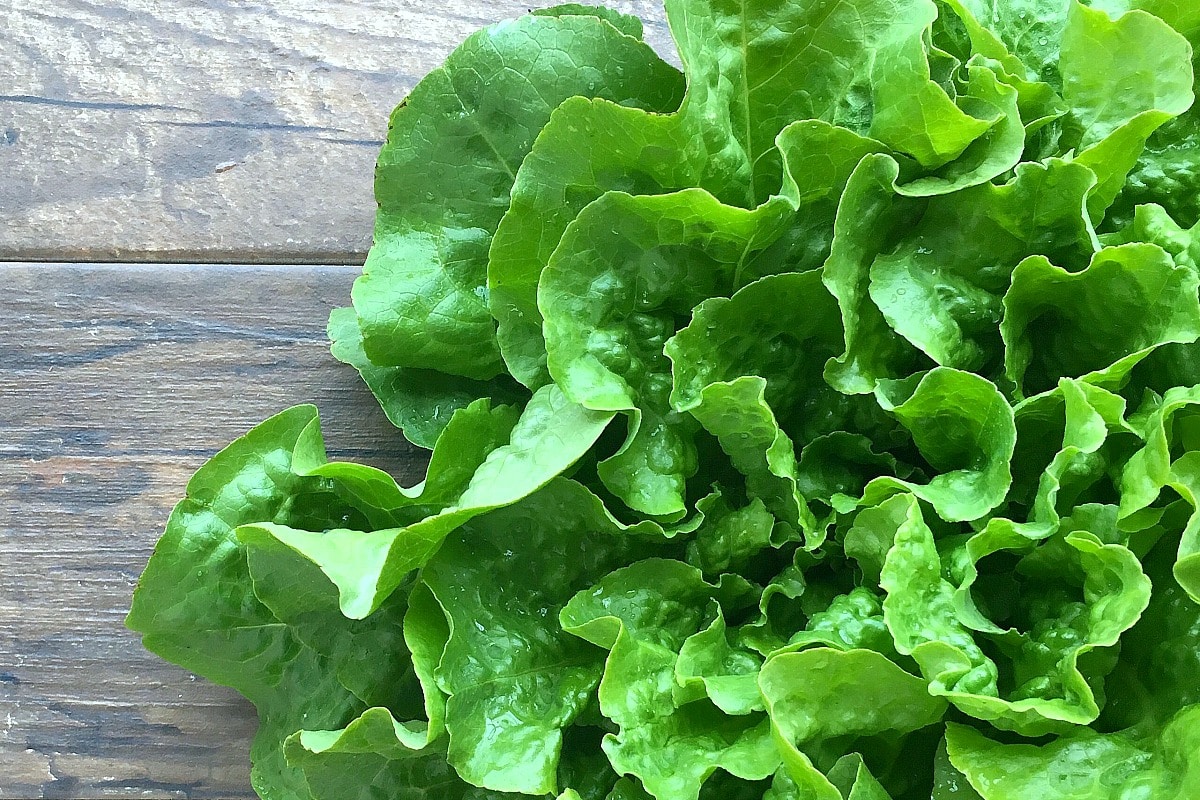
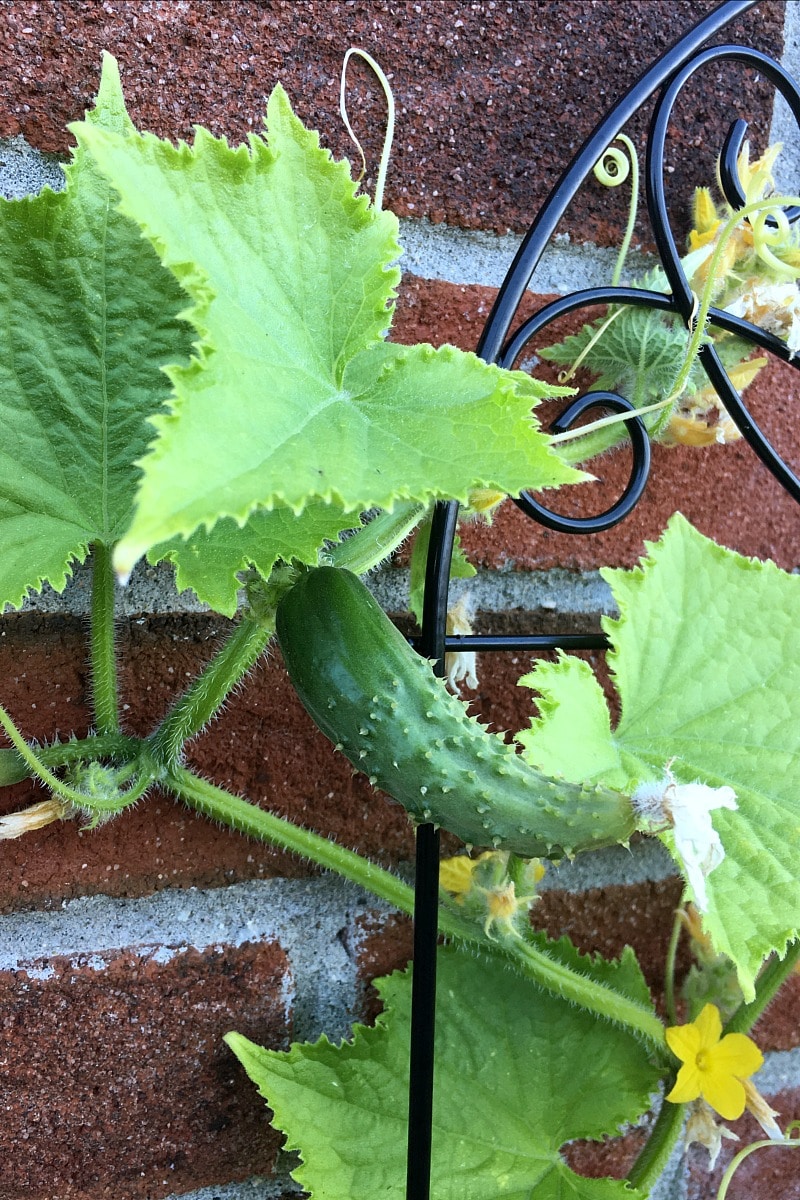


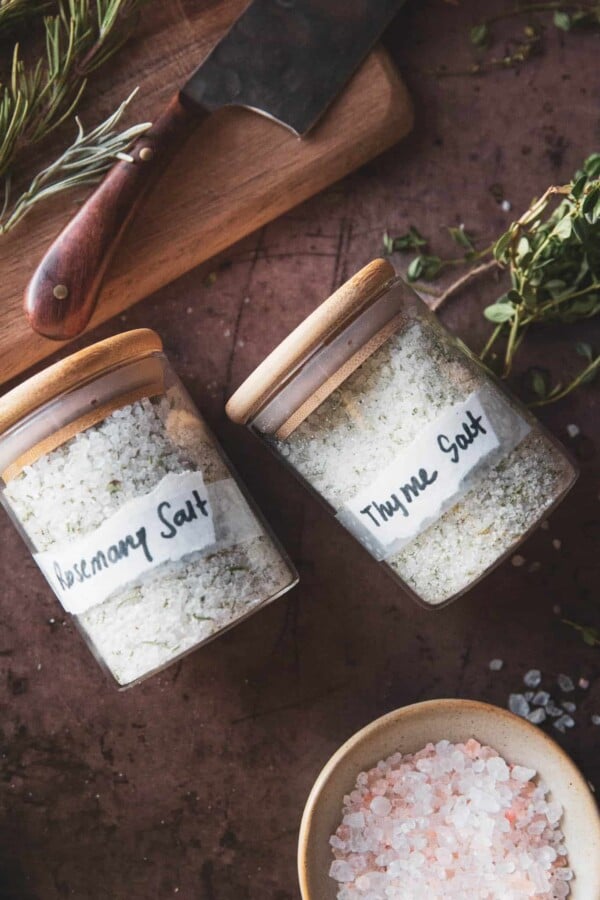
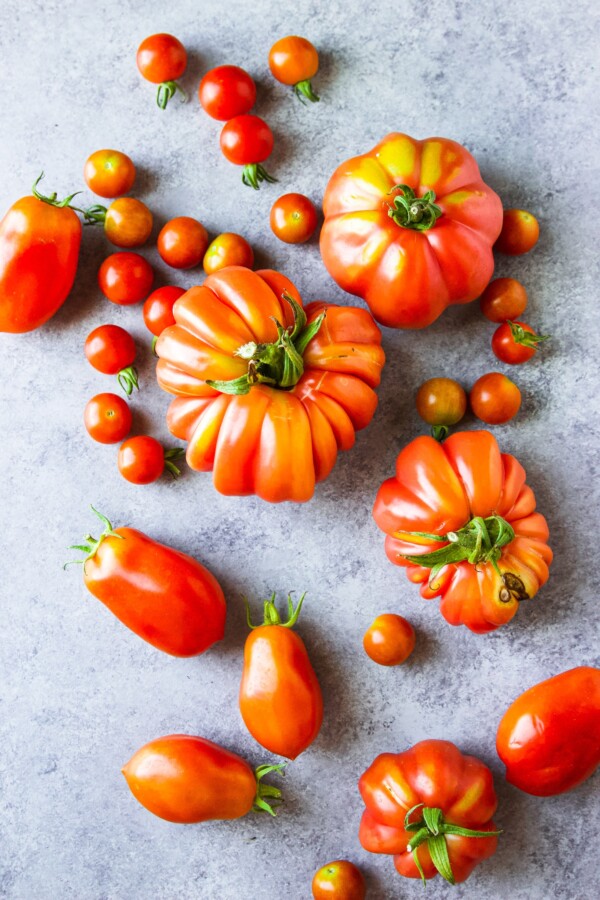
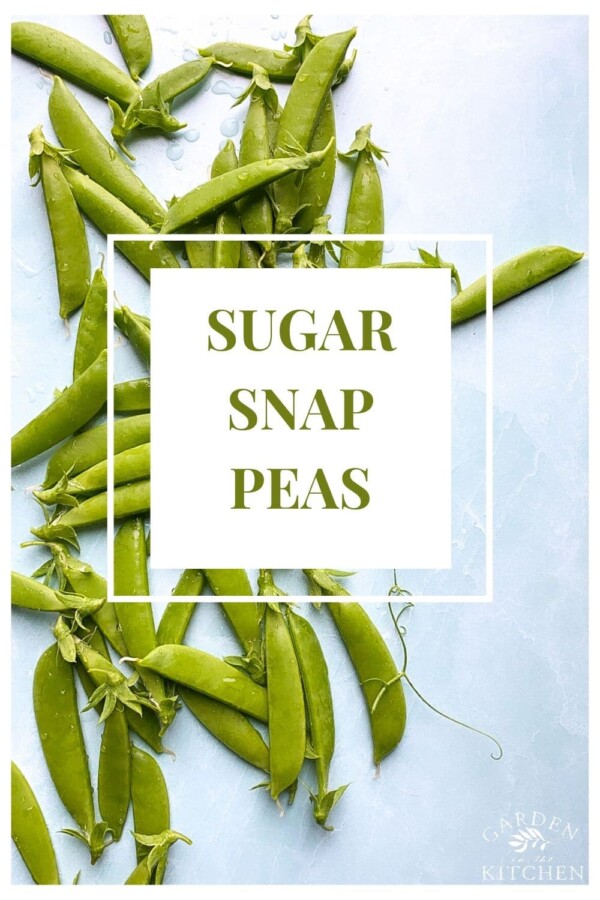









What a lovely and informative post.
So glad you enjoyed it!